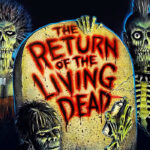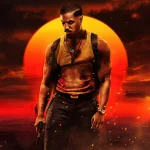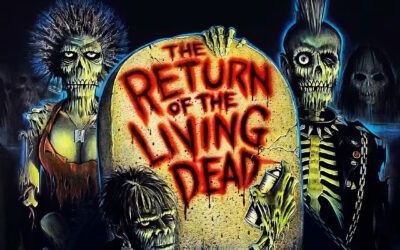Jordache Horror
Somewhere in the 80s, someone got the idea that horror should be less frightening and more sexy and trendy. I am not sure where it happened, but a good starting point might be Michael Jackson’s Thriller. The “World Premiere Video” back when MTV aired videos and before its implosion was the thing to see. Director John Landis was in between the smash hit horror classic, An American Werewolf in London and the public relations nightmare of Twilight Zone: The Movie. Michael Jackson was truly The King of Pop, and his LP, Thriller elevated MTV into something else…exactly what, I don’t know, but Thriller was more than a video. It was a pop culture event and it used horror as its spring board. Vincent Price became known to a the Pepsi Generation as “the old dude who “rapped” in Thriller and laughed at the end. Academy Award winner and makeup genius, Rick Baker did the makeup effects and suddenly horror had arrived: it was cool to like horror. it was stylish and…it was commercial. (Did Jackson turn into a werewolf or some kind of Cat People-esque were-cat/panther?) What I do know is that it was horror tame enough to be mimicked at weddings.

Anyway…horror suddenly had certain stigmas removed and became a “cool” genre for “those who think young.”
From Slasher To Sexy
We saw this in the evolution of the Friday the 13th franchise. What started as a nice Halloween rip off, moved into a self aware glossy franchise right around the time of the 3D installment (pretty much in line with the rise of MTV and the debut of Thriller) and hitting its stride with The Final Chapter. Friday had a formula and it glossed up to incorporate an Alice Cooper song by the time Part 6 rolled around and a subsequent MTV video that also got its own world premiere. while horror has always been subject to incredible cynical marketing and exploitation, something new was going on by the close of the 80s (another “Golden Era” for horror). Horror was almost being neutered…tamed…it wanted to retain its “R” rating, but it also didn’t want to alienate that lucrative pre-teen and early teen demographic.
Horror was getting sexy-cool.
By the start of the 1990s, horror was getting a higher studio profile, and with a designer product, designer names should be attached. The rise in popularity of the teen horror novelist R.L. Stine correlated with the mass production and confection of the horror genre. Was horror ever meant to spoonfeed teenagers? Was the genre asking for PG-13 ratings and sexed up bloodier Scooby Doo type films? The sexy, shallow teenager that served as a prop for 80s horror was now starring and taking over the lead in horror, often driving the villain into the background.
Horror was becoming Goosebumps with some tits, ass and gore. We would see this evolve (de-volve) into the Twilight series. However we saw MTV’s huge influence on a previous vampire film, The Lost Boys, which earns a free nostalgia pass from fans who, in the wake of the damage wrought by Twilight, longed for nastier, more masculine vampires. The Lost Boys embraced MTV, with a driving pop rock soundtrack, music video stylistic cuts and a plot that basically went against the established vampire lore, ending with a totally contrived ending that exists only to fool a duped audience. The film was directed by the flash and dash maven, Joel Schumacher, who will go on to be the man who killed Batman with his two style over substance entries into the Tim Burton series. Batman and Robin so exemplified hollow, soulless filmmaking that it literally killed the franchise and still has George Clooney apologizing for it.
It’s the Jaws the Revenge of comic book movies.
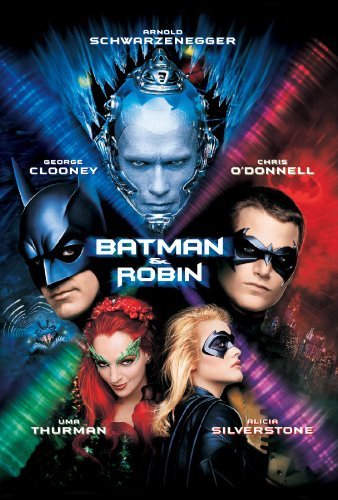
The Lost Boys followed on the success of Thriller, bringing vapid coolness to the horror genre. The beloved vampire film is a solid summation of 80s excess: loud, shallow and yet looks absolutely beautiful. It hopped onto the newly resurrected vampire craze born from Tom Holland’s superior Fright Night and led us right to Buffy the Vampire Slayer and the herpes of vampire films, Twilight. The Lost Boys is led by an androgynous male cast, slathered in music video glitter and flash, fast edits and encased in a pie crust thin script. However it worked, teenagers ate it up and it made money (a lot of it) and moved horror into safer, more commercial climes. (I expect angry comments as this is a fan favorite. I get nasty-mails from declaring The Shining a film solely reliant on Jack Nicholson, and one of the most overrated, slow moving horror films ever made, next to Michael Mann’s The Keep.).
Enter Designer Horror
The 1990s brought “designer horror” to its next phase with the rise of the designer horror writer. While R.L. Stine found the algorithm to package death, murder and mild sex into best selling horror books picked up by the middle school Scholastic Book Club crowd, feature films got Kevin Williamson. Rising out of the angst-dripping Dawson’s Creek TV series, Williamson was horror’s Joss Whedon prototype. His breakout script originally titled Scary Movie (ah, the irony) became Wes Craven’s Scream, and Williamson found himself as the go to guy for 90s horror. For awhile there his name on a horror film was like “Jordache” was to jeans.
I’m just a little bit chafed that every horror film launched from Hollywood these days has Kevin Williamson’s name attached to it like a remora. That would be just peachy if Kevin weren’t to horror films what Jim Varney is to comedy. — Mr. Cranky Film Reviews
Williamson had a formula and it was potent. Build scripts around perfect, beautiful teenagers dripping with angst, self absorption and over privilege and stick them in harrowing situations. While Scream is easily his best work, it also had the deft hand of the late Wes Craven to guide it through. This is not an attack on Mr. Williamson. At the time of this writing I would be happy with just one film performing anywhere close to how his many have fared. However, Williamson almost single-handedly cemented a new sub-genre: the pretty teen in peril horror movie.
The formula worked something like this:
1. Get beautiful up and coming teen to early 20s stars. They are usually annoying and grating but they look good. Out of a bunch, several will become standouts (I’m talking to you, Josh Hartnett, J Love, Sarah Michelle Gellar, Freddie Prinze, Jr.).
2. Build off previous successes of the established franchises: Slashers, Halloween, vampires. Inject “dark humor.”
3. Have your script filmed with slick production value, rapid-fire editing and shots of beautiful people pouting, smoldering, yelling and crying.
4. Do your best to avoid the PG-13 rating. Market it to the RL Stine crowd. Put in blood/violence, give them some sex but never go too far over the top to invoke darker, previous horror. This is designer horror, “fun” horror and most of all general audience horror. With a few nips and tucks it can play basic cable or network television.
5. Keep it basic. Don’t make the audience think too much. Make sure the script contains plenty of one-liners for the trailer to appeal to the teen crowd.
I Know What You Did Last Summer’s poster sums up this new form of the horror genre. There it is.

Floating Head Poster Art
The menace takes a backseat to the beautiful bodies and faces of the stars to attract the teen audiences. Funny, it looks pretty much like the packaging…er…poster for Scream.
The pubescent boys go for the hot chicks and their dates dream over those pretty boys who will invariably try to save their girls from growing peril. Horror was placed under Jennifer Love’s breasts and it’s all packaged under the designer title of “From the creator of Scream.” That’s right, another teen name brand you all bought. Now, buy this. The public did and two more sequels followed, without Williamson attached.


The poster for the Williamson sequel looks…well…hey, it’s a brand right? Designer stars, designer names…designer horror.

The Same But Different
Halloween went designer for its 20th anniversary in 1998. Take a look at the poster…seem familiar? Designer names, designer faces…designer horror. Michael Myers was pretty worn down by 1998. He got a face lift with Jamie Lee Curtis returned to the role that made her a star. Face it, Curtis did not need to be in another Halloween film. In fact, it could look like a major step backwards. However Scream’s Williamson was the writer and it had all the feel of a designer piece.
So we got the designer name/face attached. Put several pretty 20 somethings pretending to be teenagers in orbit around her and throw in a hip rapper to bait the teen hook well. Then…wait for the fish to bite.
They bit. The film was a massive success, proving Williamson’s style over substance could at least keep up with John Carpenter’s terror and suspense. Even Michael Myer’s mask seemed off, too clean, too designer, like he bought it from some high end boutique instead of a seedy Halloween or hardware store. We don’t want to creep out the middle school crowd too much. There’s some sex, but not too graphic, there’s some blood and violence for the boys and the “ohh yeah!” factor and there’s some angst-misunderstood teen plot as well. I mean Hartnett plays Curtis’s son, who knows fully well what happened to her as a teenager that one Halloween night in Haddonfield. He is so self-absorbed he pays her lip service, telling her basically to “get over it.” He’s lucky he was even born as if I were Curtis I would have gone into hiding, somewhere very remote and having a kid would have been the last thing on my bucket list.

This isn’t about horror. This is about building a brand and keeping it perpetuated. A central factor of Cynema is not making the best picture you could when you have the means to do so. With a budget over ten times what Carpenter had to work with and a slew of previous entries to learn from, in the end; this designer horror delivers a tepid thriller and not much more. It looks good. It sounds good. However it lacks everything the original film had and the fault is with the script. Williamson’s screenplay is serviceable and not much more. it hardly warrants special excitement for a twenty year surprise. There are NO surprises in this film. Not a single one.
But there really doesn’t have to be a surprise. It gets its approval from fans because Curtis returned, and well, wasn’t that enough? It has the writer of Scream and I Know What You Did Last Summer attached. It has beautiful up and comers. The 90s really didn’t ask much more from horror. Nor did its audience.
It’s a very easy analogy. Designer jeans were made in foreign countries for under five bucks a pair. Someone bought into the marketing and because certain names were slapped on the ass of the denim, they were the hot thing and folks paid fifty dollars and up for them. Yet, they were made of basic denim material no different than the jeans that occupied discount store shelves. Consumers got it into their heads that the jeans LOOKED better and made them look better. They bought into the marketing, the branding and fed an industry.
This is the same for 90s designer horror. It really had basic ingredients. It was made rather cheaply. Yet it was packaged as stylish. You WANTED it. You might even NEED it. Either weay you had to HAVE it. Williamson was simply one of the best designers out there and sold audiences on his product.
The horror film as designer Cynema will take a new turn in the millennium, going further to see a boutique sub genre emerge. But that’s a topic for another time.
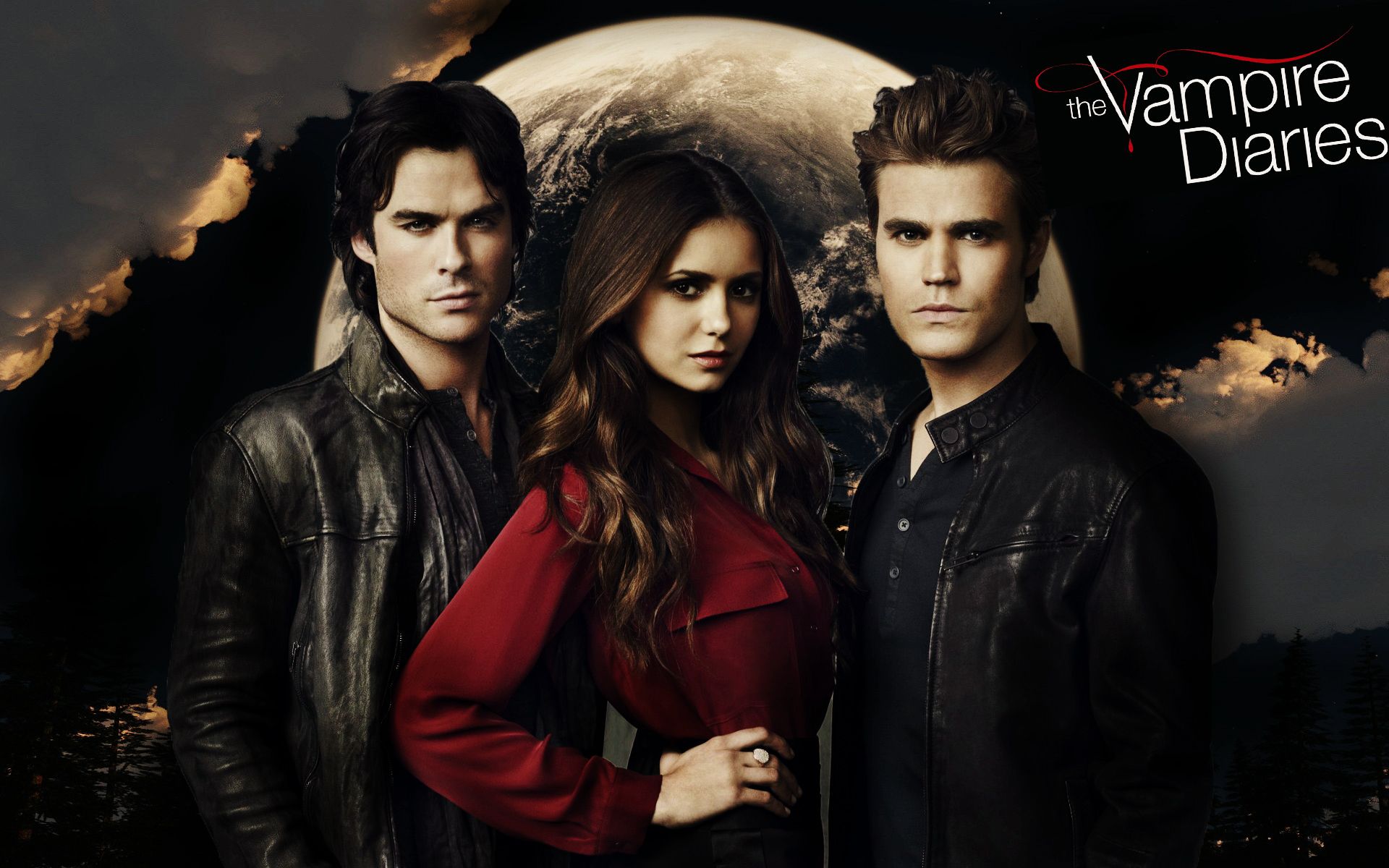
Look familiar? Kevin Williamson designer vampires…
Listen to my Cynema podcast found on iTunes, YouTube, Stitcher, Spotify and iHeart Radio.



